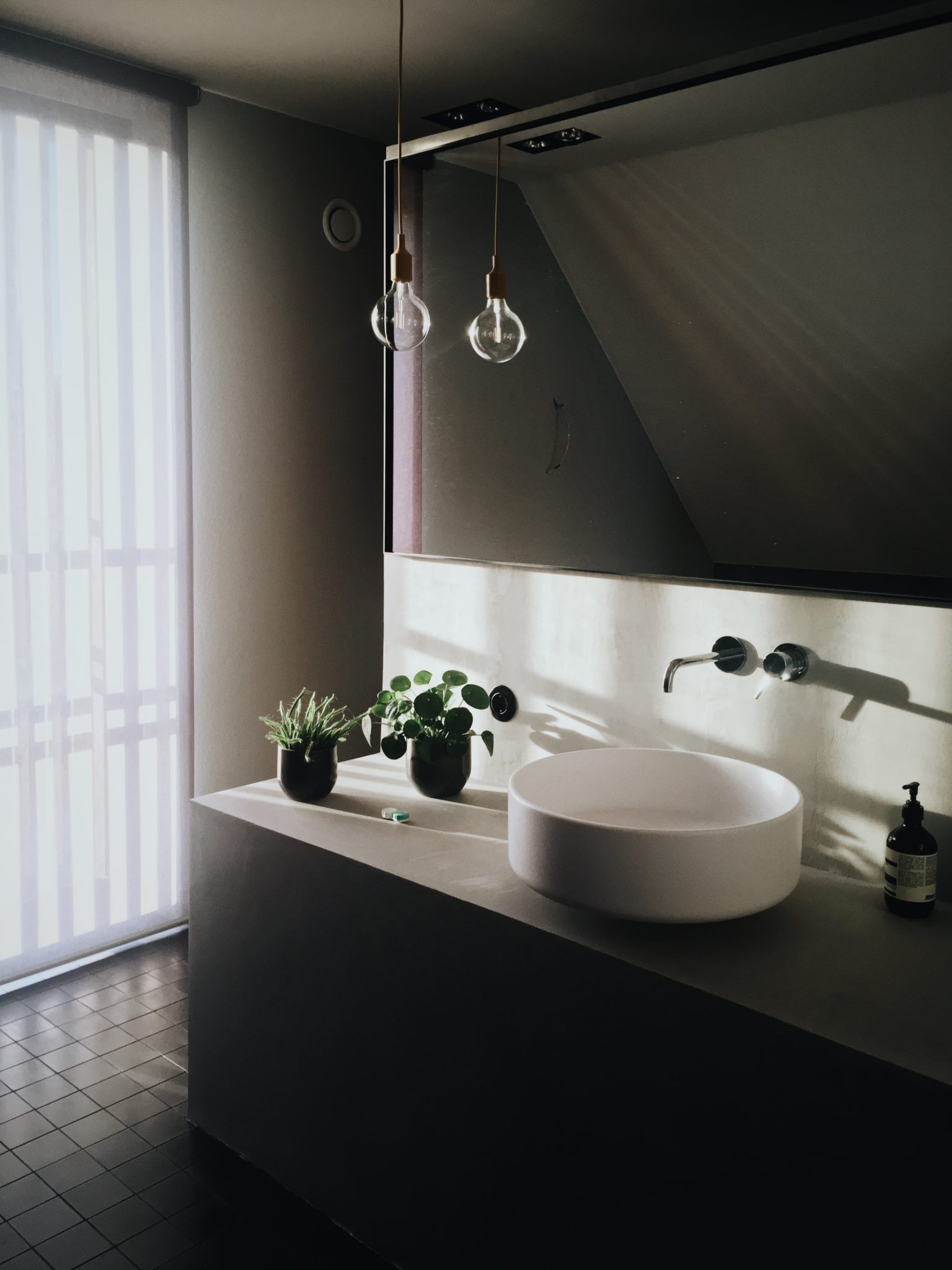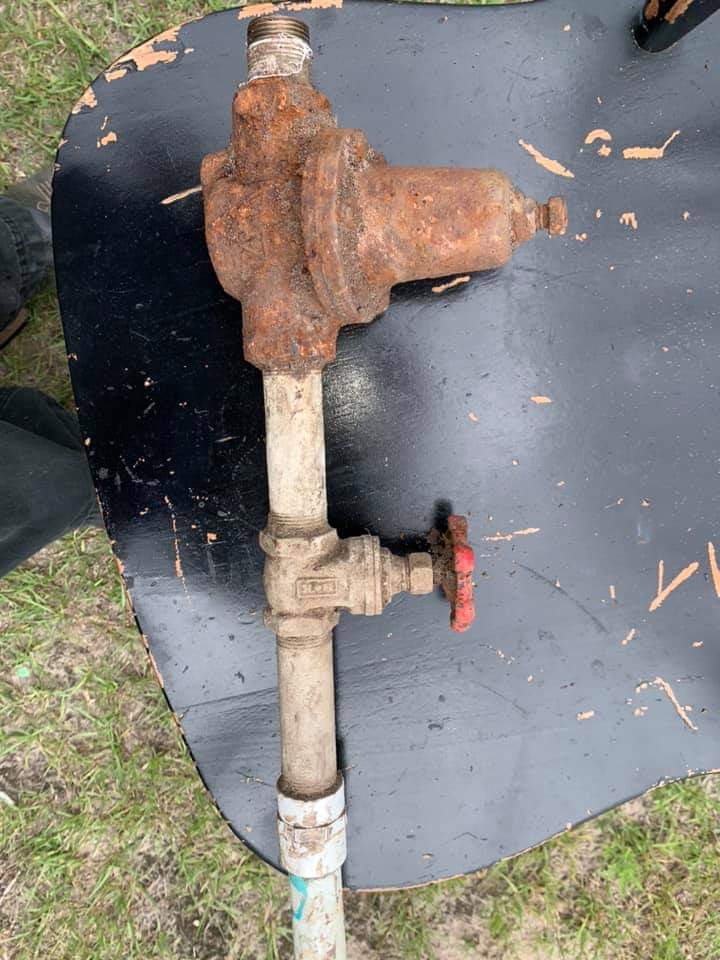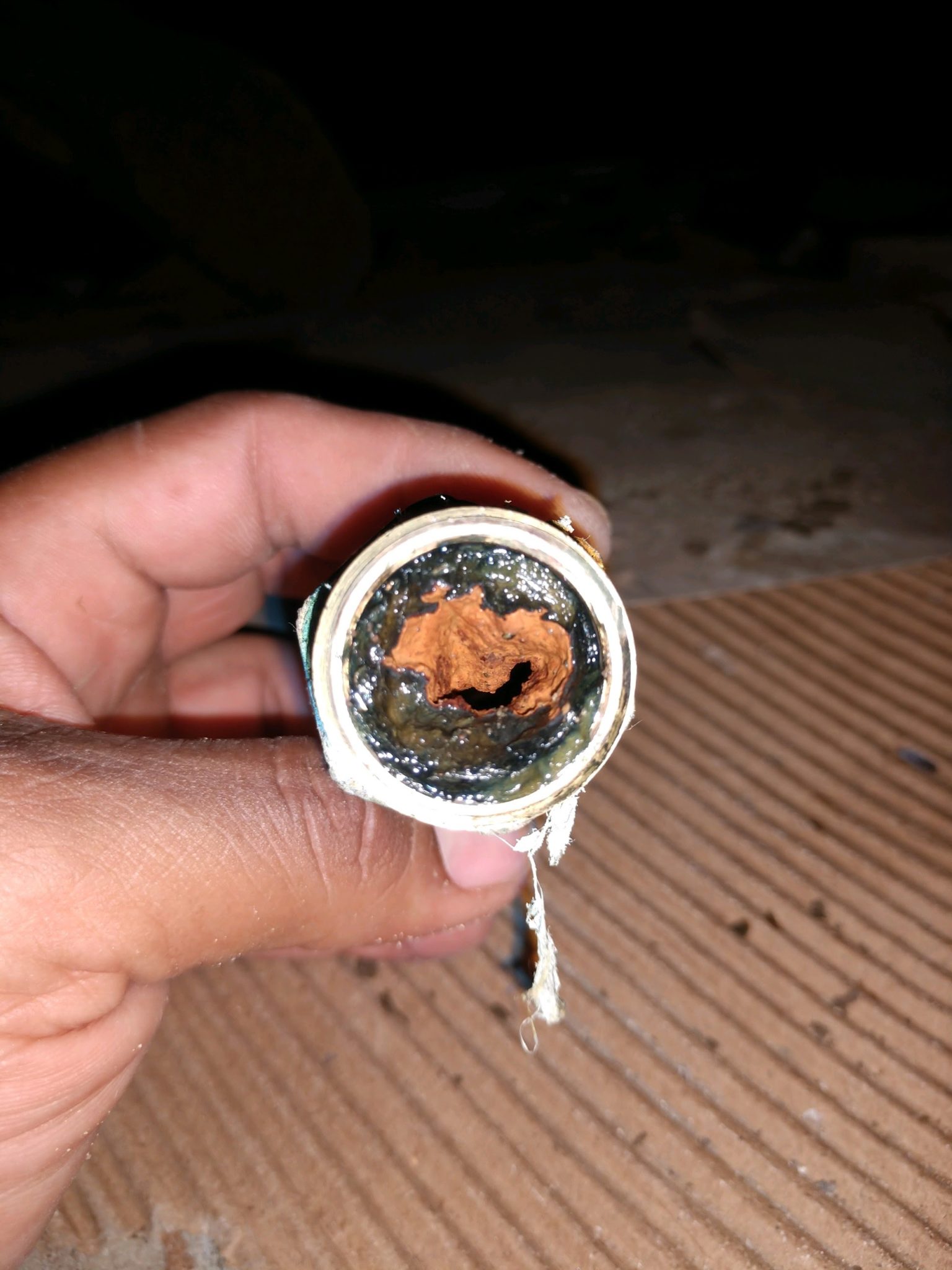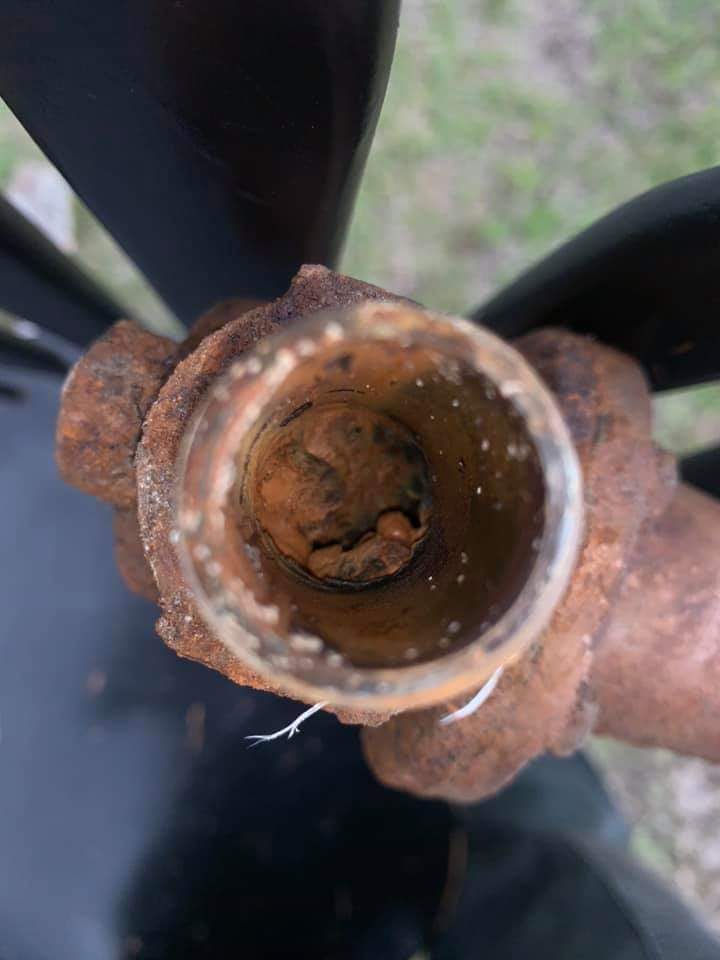How to Fix Low Water Pressure
Is it low water pressure or low water flow?
Often, we get calls for low water pressure. Sometimes this is the actual issue, but more often than not, the issue is flow related. Water pressure for residential water meters are required to be at a minimum of 35 PSI (Pounds per Square Inch) at the outlet of the meter and the most common flow rate is around 15-20 gallons per minute. If the pressure is 35-60psi, that is enough pressure and flow to allow most plumbing fixtures to work properly, unless there is a restriction within the system obstructing the flow from what it should be.
How to test for low water pressure or low water flow
- connect water pressure test gauge
- ensure nothing is turned on in the house
- turn on water spigot and record reading – this is your static pressure
- next turn a kitchen or bathroom sink
- turn on water pressure test gauge again – this is your dynamic pressure
To understand the difference between these two principals, we first have to understand the difference between static pressure and dynamic pressure. Static pressure, as it applies to water, is the water pressure within a system when no faucet or valve is on, i.e. the water is static or not flowing.
You can easily test for static and dynamic pressure with a standard water pressure test gauge, available at most hardware stores, by connecting it to a hose spigot and turning the valve on while nothing is on within the plumbing system. The reading on the gauge will be the system’s static pressure and will be indicated in PSI (Pounds per Square Inch). Once you have that reading, go inside and turn on a bathroom sink or tub faucet and check the gauge again. It should not drop more than 5-10 psi. That pressure reading is your system’s dynamic pressure. If it drops significantly when one fixture is turned on, there may be a restriction within the system that may require more investigating in order to diagnose and fix.

How to Fix Low Water Pressure in a Shower
- remove the showerhead
- clean out the flow restrictor or screen
- replace shower head and test
- if the problem still exists it may need to be replaced
If you have a shower head with low water flow or what seems like low water pressure, it is most likely due to a restriction within the shower head. This restriction is typically in the little screen or flow restrictor installed in the shower head. This can sometimes be remedied by unscrewing the shower head and replacing it if it is old or simply cleaning it out and reinstalling it. The same issue of low flow can occur on a kitchen or bathroom sink faucet on what is called, the aerator. A common issue is debris or build-up within the aerator, which is located on the faucet where the water comes out. This aerator acts as a screen and flow restrictor but is susceptible to clogging due to particulates within the water. An easy test to determine if a low flow issue on a faucet is caused by a clogged aerator is to remove the aerator and clean out the debris on the inside.

Things That Might Cause Low Water Pressure in Your Entire Home
- pressure reducing value needs to be fixed or replaced
- dirty inline whole house water filter
- whole home water softener resin tank or component failure
- old galvanized pipes have excessive buildup or corrosion
Front Title
This is where the text for the front of your card should go. It's best to keep it short and sweet.
Pressure Reducing Valve
Inline Water Filters
Resin Beads
If all your plumbing fixtures have low flow issues it could be something has failed. First, the main static pressure needs to be determined to confirm if the issue is flow related or pressure related. There may be a Pressure Reducing Valve (PRV) installed on the system if the incoming water pressure at the water meter is over 80 PSI due to the potential for issues caused by excessive water pressure. If the Bryan or College Station water company providing water to your meter has water pressure in excess of 80 PSI, the plumbing code requires a PRV to be installed. Cities like College Station require PRVs to be installed because the average water pressure in the city limits at the meter is around 90-110 PSI. These required devices can go bad over time and cause unusual vibrations within the system and fluctuations on the pressure when they wear out. If you think you have this issue, the PRV may just need to be replaced and should only be done by a licensed plumber.
One very common cause of restricted flow throughout a plumbing system is a saturated in-line whole house filter (see images below for reference). These types of filters are good for small particulates like sand or dirt. They are a good pre-filter for wells, carbon filters, water softeners, or pressure tanks on wells. They remove a lot of typical sand that can come from wells or city water. But they can and do become saturated with debris over time and need replacing. If you notice the water flow on all your fixtures is diminished, check and see if you have an in-line whole house sand filter and if so, replace the cartridge filter with the same version.
Water softeners can also cause low flow on hot and cold water. This can happen if the resin tank and components fail and allow the resin beads (see images below) to enter the plumbing pipes. If you have a water softener and notice a loss of flow all of a sudden, put the system into by-pass and see if the flow improves. This will allow the water flow to by-pass the water softener. If the flow is not improved after putting the softener on by-pass, then there may be other issues that would require a licensed plumber to investigate.
Old galvanized pipes for drinking water are also very susceptible to corrosion and build-up, thus causing low flow and pressure. The best method for correcting this is to replace the offending pipes.
These are only a few examples as to what can cause low water flow or pressure issues. If you are having regular issues or have more questions regarding this or any other plumbing related issue, feel free to give us a call to help.


